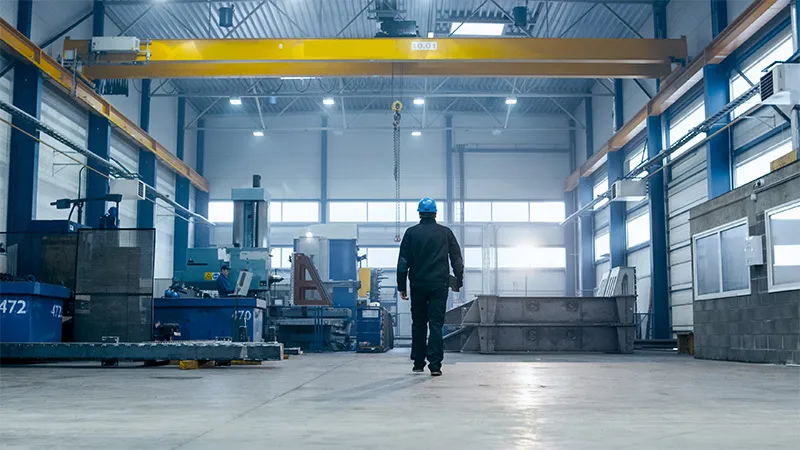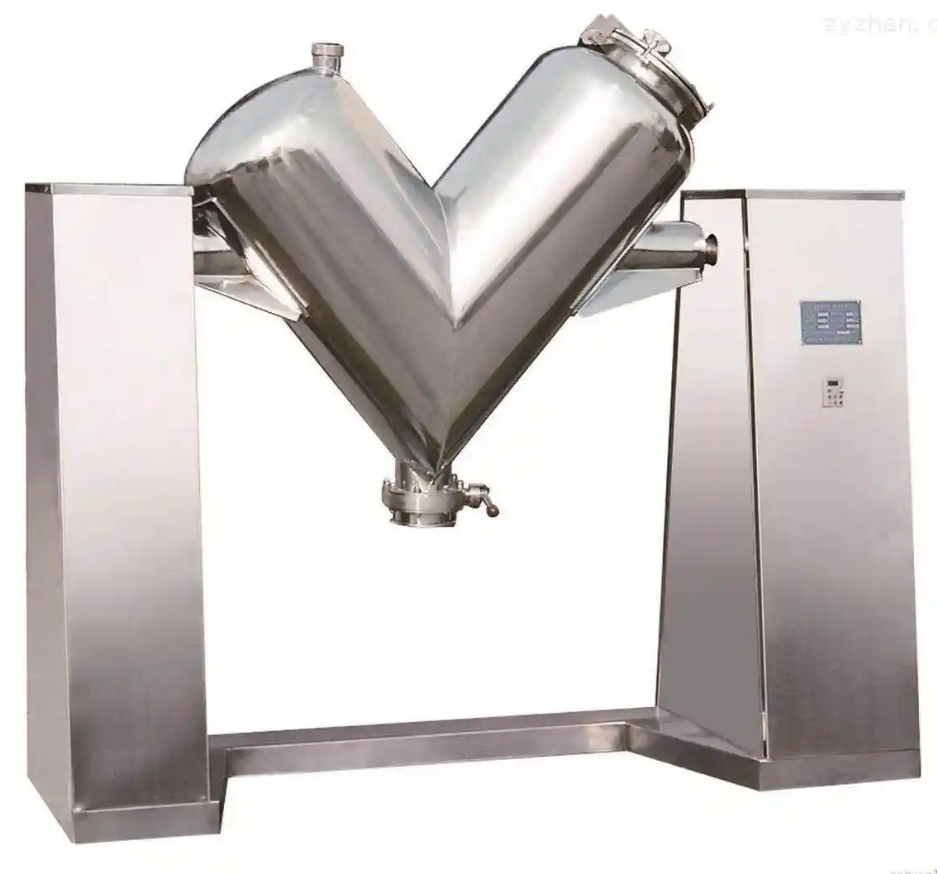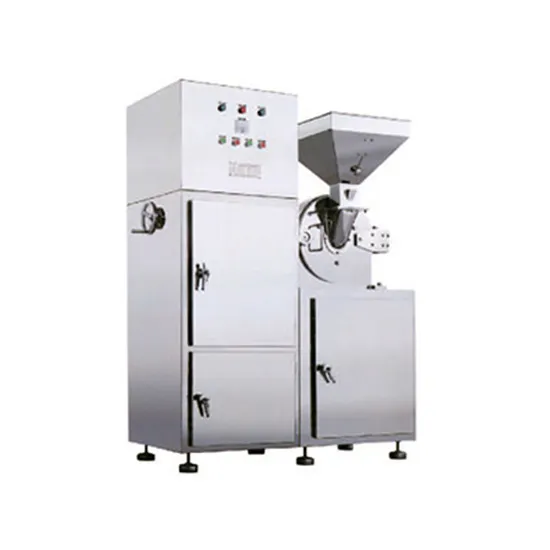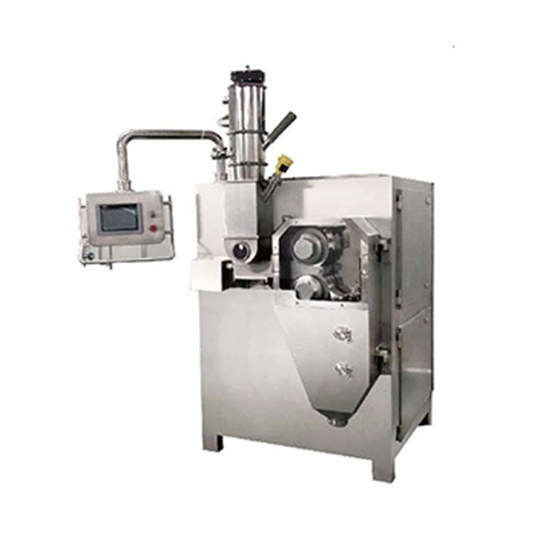NEWS
Choosing the Right 150L Dry Powder Mixer for Your Industrial Needs: A Comprehensive Guide
Jul 12,2025
Choosing the Right 150L Dry Powder Mixer for Your Industrial Needs
Introduction to 150L Dry Powder Mixers
In the world of industrial manufacturing, the **150L dry powder mixer** plays a vital role in ensuring the uniform blending of powdered materials. Whether you are in the cosmetics, food, pharmaceutical, or chemical industry, selecting the right mixer can significantly impact your production efficiency, product quality, and operational costs. In this comprehensive guide, we will delve into the myriad factors that influence your choice of a dry powder mixer and provide you with the knowledge needed to make an informed decision.
Understanding the Importance of Choosing the Right Mixer
Selecting the appropriate dry powder mixer is crucial for several reasons. Firstly, it determines the consistency and quality of your final product. A well-mixed powder ensures uniformity, which is essential for meeting regulatory standards and customer satisfaction. Secondly, the right mixer can improve production efficiency, leading to reduced operational costs and higher throughput. Lastly, the choice of mixer impacts maintenance requirements, durability, and ease of use, all of which are critical for long-term operational success.
Types of 150L Dry Powder Mixers
When it comes to 150L dry powder mixers, several types are commonly used in the industry. Understanding the differences between these mixers can help you choose the one that best suits your specific needs.
1. Ribbon Mixers
Ribbon mixers are popular for their ability to blend a wide range of powder types. They consist of a U-shaped trough and a double helical ribbon that moves the material towards the center, ensuring thorough mixing. Ribbon mixers are ideal for applications requiring high capacity and short mixing times.
2. Paddle Mixers
Paddle mixers use a series of paddles to gently mix powders without causing degradation. They are particularly effective for fragile materials and are commonly used in food and pharmaceutical applications. Paddle mixers can handle a variety of materials, including granules and powders.
3. V-Mixers
V-mixers, or V-shell mixers, are designed for gentle mixing of dry powders and granules. The V-shaped vessel allows for the free-flowing movement of materials, resulting in a homogenous mix. This type of mixer is particularly suited for applications requiring minimal shear forces.
4. Turbo Mixers
Turbo mixers are known for their high-speed mixing capabilities. They can blend powders quickly and efficiently, making them suitable for applications where time is of the essence. These mixers utilize a high-speed rotor to create turbulence, ensuring thorough mixing.
5. Cone Mixers
Cone mixers combine the benefits of both ribbon and paddle mixers. They feature a conical shape that allows for efficient mixing and easy discharge. Cone mixers are versatile and can handle a variety of materials, making them a popular choice for many industries.
Key Factors to Consider When Choosing a 150L Dry Powder Mixer
Selecting the right 150L dry powder mixer involves careful consideration of several key factors. Below, we outline the most important aspects to keep in mind during your decision-making process.
1. Material Compatibility
Before purchasing a mixer, ensure that it is compatible with the materials you plan to process. Different powders have varying properties, such as particle size, density, and moisture content. Understanding these properties will help you choose a mixer that can achieve the desired mixing results without damaging the materials.
2. Mixing Efficiency
The efficiency of a dry powder mixer directly affects production timelines. Evaluate the mixer’s mixing speed and the time required to achieve a homogenous blend. Selecting a mixer with optimal mixing efficiency will help you meet production targets and reduce downtime.
3. Power Requirements
Different mixers require varying amounts of power to operate effectively. Assess your facility's power capacity to ensure it can support the chosen mixer. An energy-efficient model can also reduce operational costs over time.
4. Maintenance and Cleaning
Consider the maintenance and cleaning requirements of the mixer. Choose a design that allows for easy access to all parts for routine maintenance and cleaning. A mixer that is easy to clean will minimize downtime and ensure compliance with hygiene standards.
5. Size and Footprint
While a **150L dry powder mixer** is designed for mid-sized operations, the physical dimensions of the mixer should fit your facility's layout. Assess the available space and ensure there is adequate room for installation, operation, and maintenance.
6. Budget Constraints
Budget is a critical factor when selecting a dry powder mixer. Always consider the initial purchase price, as well as long-term operational costs. Investing in a high-quality mixer may have a higher upfront cost but can lead to savings through increased efficiency and reduced maintenance.
7. Manufacturer Reputation
Research the reputation of the manufacturer before making a purchase. Look for reviews and testimonials from other customers to gauge the quality and reliability of their mixers. A reputable manufacturer will provide not only a quality product but also support and service post-purchase.
Operational Efficiency and Productivity
The efficiency of your operations is largely dependent on the equipment you use. A well-chosen **150L dry powder mixer** improves workflow, reduces batch times, and minimizes waste. Here are some strategies to enhance operational efficiency with your mixer:
1. Optimize Mixing Settings
Adjust the mixing parameters, such as speed, time, and load capacity, based on the specific materials being mixed. Tailoring these settings can lead to better mixing results and improved product quality.
2. Train Operators
Proper training for the operators is essential. Well-trained staff can operate the mixer effectively, minimizing errors and maximizing throughput. Regular training sessions can further enhance skills and keep staff updated on best practices.
3. Regular Maintenance
Schedule routine maintenance to ensure the mixer operates efficiently. Regular checks and prompt repairs can prevent breakdowns and extend the life of your equipment.
4. Monitor Performance
Keep track of the mixer's performance metrics, such as mixing time and output quality. Regular monitoring will help identify any issues early and facilitate timely interventions.
Common Applications of 150L Dry Powder Mixers
150L dry powder mixers are versatile and find applications across various industries. Here are some common uses:
1. Pharmaceutical Industry
In the pharmaceutical sector, accurate and uniform mixing of active ingredients and excipients is critical. A 150L dry powder mixer ensures consistency in formulations, improving product quality and compliance with industry regulations.
2. Food Production
The food industry requires high standards of hygiene and quality in mixing. These mixers are used for blending spices, seasonings, and powdered ingredients, ensuring flavor and quality consistency.
3. Cosmetic Manufacturing
Cosmetic companies utilize 150L mixers to blend powdered ingredients for products like makeup and skincare formulations. The ability to create homogenous mixtures is vital for product performance and customer satisfaction.
4. Chemical Processing
In the chemical industry, these mixers are used for blending powders and granules before further processing. The right mixer can help ensure that chemicals are mixed uniformly, promoting safety and effectiveness.
5. Building Materials
These mixers are also used in the construction industry for producing dry mixes, such as mortar and plaster. Consistent mixing leads to better bonding and overall material quality.
Maintenance Tips for Your 150L Dry Powder Mixer
Proper maintenance is essential for ensuring the longevity and efficiency of your dry powder mixer. Here are some key maintenance tips to follow:
1. Regular Cleaning
Clean the mixer after each use to prevent cross-contamination and ensure product quality. Use non-corrosive cleaning agents and follow the manufacturer's recommendations for cleaning procedures.
2. Inspect Components
Conduct routine inspections of all components, including the mixing blades, motor, and drive belts. Look for signs of wear or damage that may affect performance.
3. Lubrication
Ensure all moving parts are adequately lubricated to reduce friction and wear. Follow the manufacturer's guidelines on lubrication frequency and types of lubricants to use.
4. Monitor Performance
Keep an eye on the mixer's performance metrics, such as mixing time and output quality. Any deviations from normal performance may indicate maintenance needs or troubleshooting.
5. Professional Servicing
Schedule regular professional servicing to ensure all components are functioning optimally. A professional technician can identify potential issues before they escalate into costly repairs.
Conclusion
Selecting the right **150L dry powder mixer** for your industrial needs is a crucial decision that can significantly impact your productivity, product quality, and operational efficiency. By understanding the various types of mixers available, key factors to consider, and maintenance requirements, you can make a well-informed choice that enhances your manufacturing processes. Whether you operate in the pharmaceutical, food, cosmetic, chemical, or construction industry, the right mixer will contribute to your success. Remember, investing in quality equipment is an investment in the future of your operations.
More News










